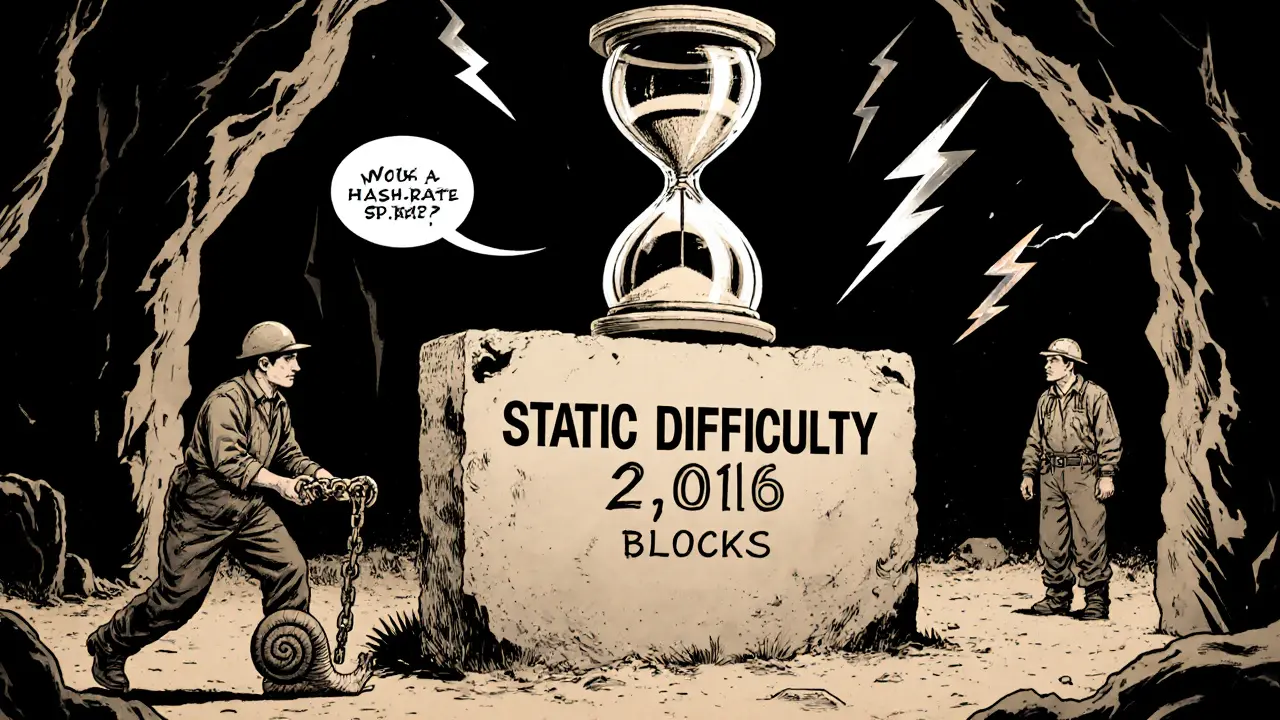Energy Efficiency in Blockchain
When working with energy efficiency, the practice of reducing power consumption while maintaining performance in blockchain systems. Also known as green blockchain, it matters for miners, developers, and investors alike.
A key way to boost energy efficiency is adopting modular blockchain, a design that separates consensus from data availability, letting developers run lighter nodes. By isolating data availability, projects like Celestia cut the amount of data each validator must process, directly lowering energy use. Another driver is proof‑of‑stake, a consensus model where validators lock up tokens instead of expending electricity on hashing. Proper slashing protection tools keep validators online without extra waste, turning security into an efficiency win.
For Bitcoin miners, choosing the right ASIC matters. Hydro‑cooled miners and the latest ASIC models improve hash‑per‑watt ratios, turning raw power into more coins per kilowatt hour. Even blockchain forks can shift energy patterns: a hard fork that changes block size or consensus rules may either raise or drop the network’s total energy demand. Below you’ll find practical tips on measuring energy use, selecting low‑heat hardware, and applying modular designs to keep your projects lean.






